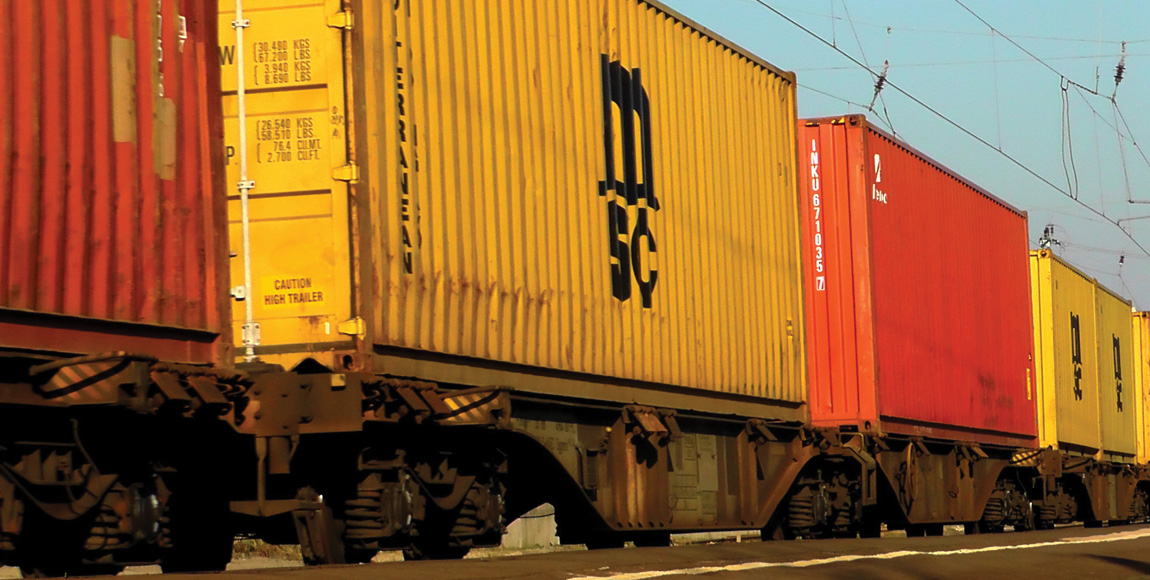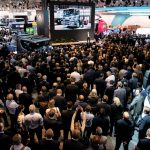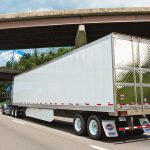Moving Freight from Road to Rail continued

We continue our discussion on creating dedicated hubs for moving freight from road to rail.
Under the right circumstances, rail transport has the potential to be a cost-effective freight transport option. It could assist in making the economy more efficient, provide access for freight and passenger movements, and be an environmentally sustainable transport solution.
However, as Transnet Freight Rail has observed, rail transport has its limitations. The main disadvantage is its limited flexibility in terms of destinations located off main freight and passenger movement corridors – especially non-corridor movements in rural and metropolitan areas.
As discussed in the last issue, hubs dedicated to moving freight from road to rail (R2R) are a possible solution. These hubs would serve as collection points for bulk and break-bulk cargo, serving both import and export functions. Their focus should be collection and distribution of rail-friendly and competitive freight, including bulk and large break-bulk commodity-based freight.
In the last issue, we discussed the location and infrastructure as the first two factors that must be considered to make the hubs effective. Here are three further factors to consider:
Operator
• Would the rail operator itself operate each R2R Hub or create a separate R2R Hub operator?
• Would this operator build and operate the hub, or simply operate it?
• There are a number of options requiring careful consideration given the number of hubs required, and their ability to generate independent revenue so as not to increase the costs of moving goods from road to rail.
• There may be advantages to having a neutral body develop and operate the hubs, but we would caution against over complicating the model.
• The operator would need to manage not just the logistics relevant to the receipt, storage and despatch of the goods, but also the shunting and other operations relevant to rail.
Beneficiation
• R2R Hubs have the potential to allow for product beneficiation opportunities, which is an ongoing policy imperative in commodity-rich countries such as South Africa.
• The opportunities for the beneficiation of the goods is not limited to the goods themselves – there may be options associated with services related to the movement, sorting, packaging or storage of those goods.
• When developing the R2R Hubs, beneficiation ought to be considered and provided for.
Workforce
• Most studies of intermodal connectivity point out the importance of locating hubs in areas where there is a suitable, stable workforce with the appropriate skills.
• While basic skills would no doubt be available locally, specialist skills may initially need to be imported, and such a skilled workforce adequately accommodated.
• In creating this accommodation, we would recommend that an attractive satellite residential area be created rather than the workforce being settled within the hub.
Rail transport, properly implemented, has many advantages. We need to find creative ways to make it work.
Published by
Andrew Robinson
focusmagsa




